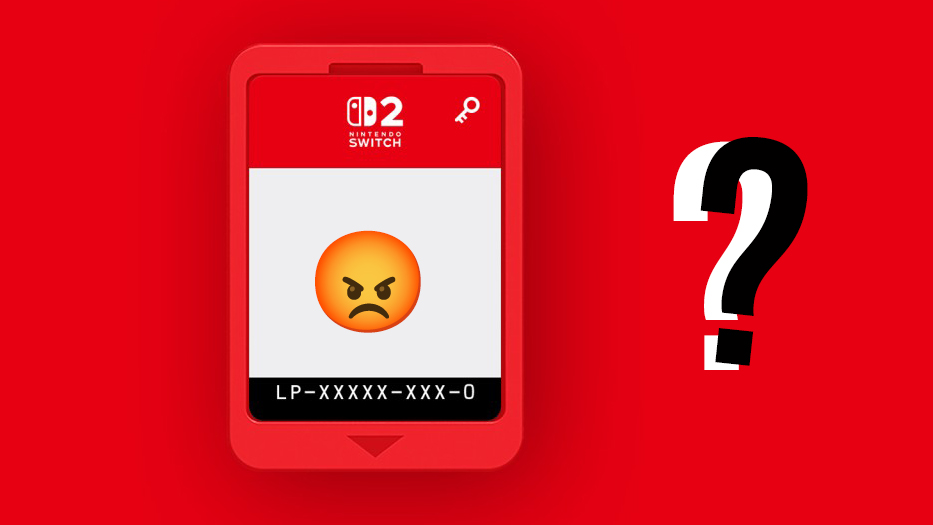Digital artist reinvents the Mona Lisa with cool (but creepy) results
You've never seen her like this.
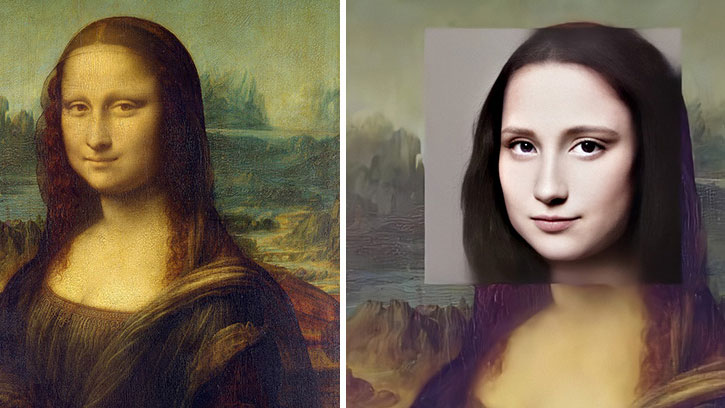
Many famous portraits come from another era, so it's difficult to imagine the subjects living and breathing, let alone how they'd look in the modern day. To change this, a digital artist has created a series of work which uses hyper-technological neural networking to bring well-known faces hurtling into the modern world.
You might think you know the faces of famous portrait subjects intimately well. Some art lovers know the dimensions, features and characteristics of faces, such as the Mona Lisa, better than some loved ones. But what would they look like if they were around now?
Denis Shiryaev has used his technical skills (and some top-level digital art software) to upscale old pictures and video, and has turned his attention to portraits of old. See the video below for a highly entertaining summary of his process.
In case you were wondering, neural networking is a form of AI, which is commonly used in deepfakes, but also in digital art to create new effects. Essentially, the programming uses other people's faces taken from video and photo, and applies it to pre-existing imagery using algorithms to match up characteristics and features.
Shiryaev used these techniques on well-known portraits to give an impression of how they could look in real life. Here are some of our favourite examples of Shiryaev's work, all of which we could imagine popping up on Instagram, or walking into a bar near us.
Perhaps the most famous face in all of the art world, Leonardo Da Vinci's Mona Lisa looks fresh and youthful when given an AI makeover.
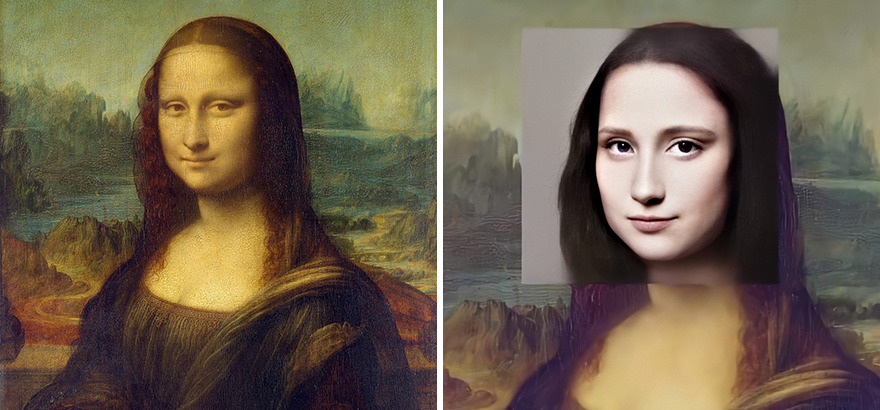
Johannes Vermeer's Girl with a Pearl earring has time travelled all the way from 1665.
Get the Creative Bloq Newsletter
Daily design news, reviews, how-tos and more, as picked by the editors.
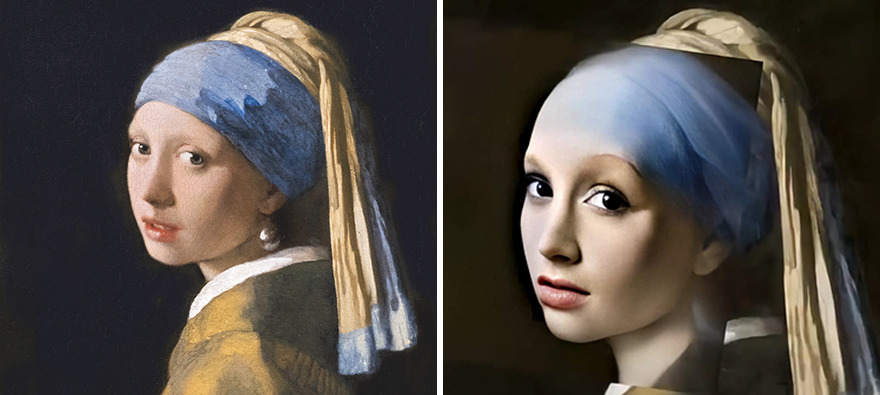
And the star of Rembrandt van Rijn's The Night Watch (1642) looks full of purpose (plus, quite a bit younger, and ruggedly handsome).
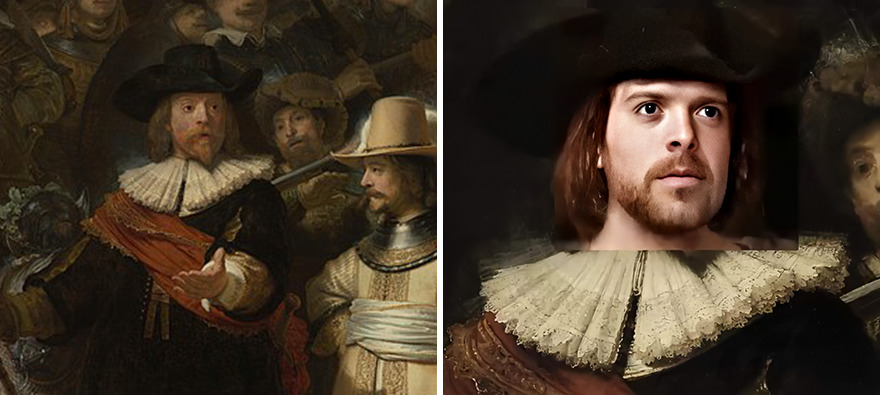
The couple in Grant Wood's American Gothic look just as stern as in the 1930s, but now you can imagine them standing outside your neighbourhood church.
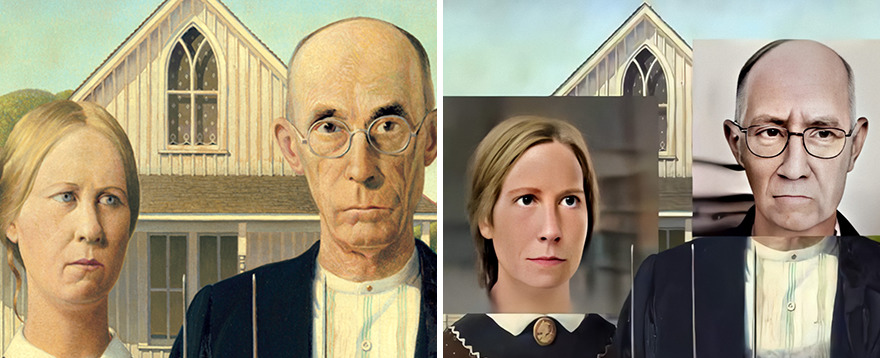
Though these digital portraits aren't historically accurate, they are a fun glimpse at how the subjects could look now, and somehow make the characters feel a bit more real.
If this has whet your appetite for more AI trickery, you can explore the power of AI in these incredible deepfakes that terrified and amused the internet.
Read more:

Thank you for reading 5 articles this month* Join now for unlimited access
Enjoy your first month for just £1 / $1 / €1
*Read 5 free articles per month without a subscription

Join now for unlimited access
Try first month for just £1 / $1 / €1

Georgia is lucky enough to be Creative Bloq's Editor. She has been working for Creative Bloq since 2018, starting out as a freelancer writing about all things branding, design, art, tech and creativity – as well as sniffing out genuinely good deals on creative technology. Since becoming Editor, she has been managing the site and its long term strategy, helping to shape the diverse content streams CB is known for and leading the team in their own creativity.
